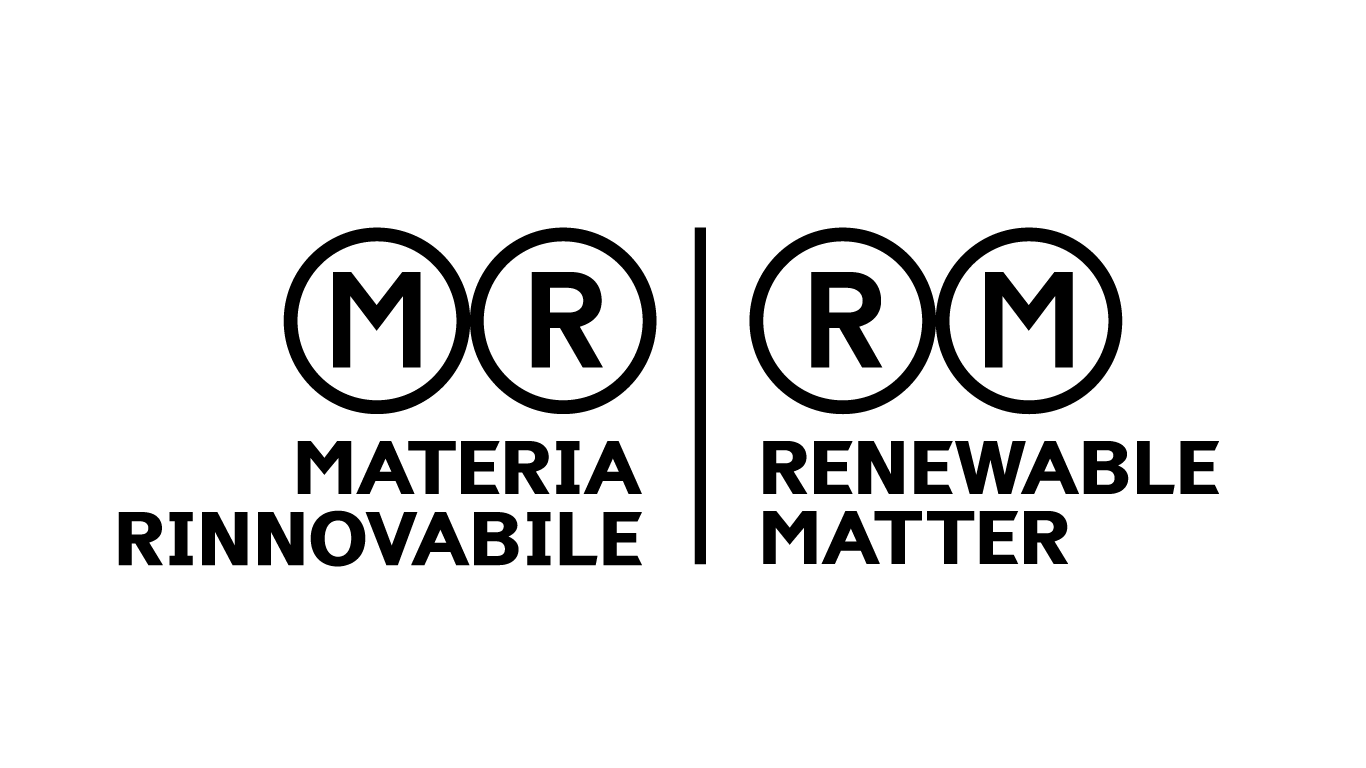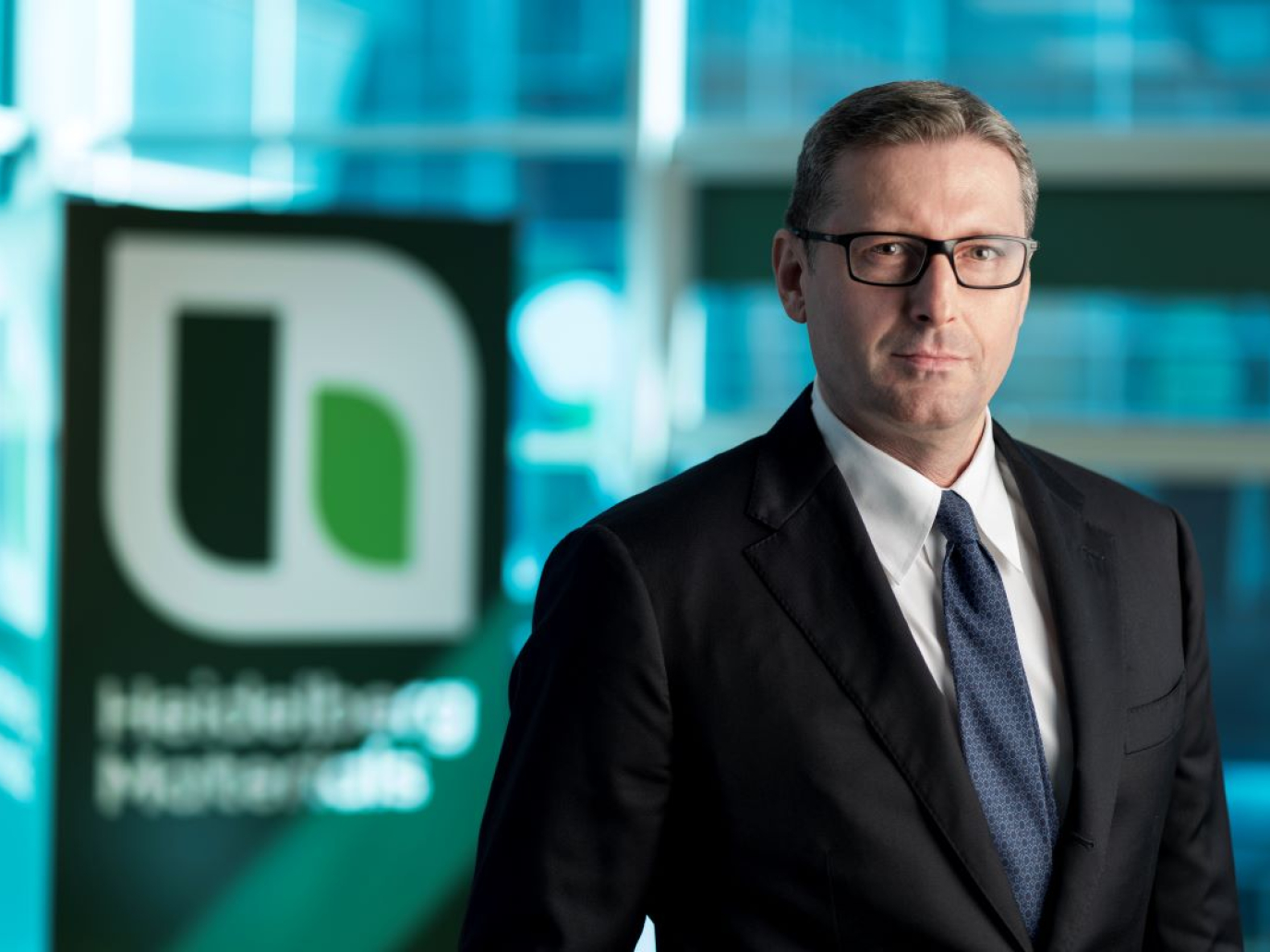
This article is also available in Italian / Questo articolo è disponibile anche in italiano
The cement industry is one of the most hard-to-abate industrial sectors in terms of decarbonisation. The crucial challenge has to do with CO₂ emissions, two-thirds of which are linked to the decarbonisation of lime, the primary raw material used in the production phase. Despite this, Heidelberg Materials, a group operating in over 50 countries, employing approximately 51,000 people across almost 3,000 sites, has set itself some ambitious targets: to reduce CO₂ emissions by 50% by 2030 and achieve carbon neutrality by 2050, in line with the targets set by the European Union.
The path to decarbonisation will involve intermediate milestones, the use of technologies like Carbon Capture and Storage (CCS), as well as new, more circular, and low-carbon products, such as those in the evoBuild range, launched in November 2024. We spoke about this with Stefano Gallini, CEO of Heidelberg Materials Italia.
Carbon neutrality by 2050 means acting now. Can you talk us through Heidelberg Materials' strategy?
The European Green Deal requires a 50% reduction of greenhouse gas emissions by 2030, compared to 1990 levels, and their reduction to zero by 2050. This can't happen without involving the construction sector, which is key both in environmental and economic terms. For this reason, we are working on multiple fronts. Aside from energy efficiency improvements to cement production plants, the reduction of emissions can also be achieved through the use of alternative fuels. We aim to increase the percentage of alternative fuels in our mix to 45% by 2030. Furthermore, concerning cement regulations and our products' performance, Heidelberg Materials is committed to producing sustainable cement, with reduced CO2 emissions. Lastly, the products we offer our clients promote sustainability and the circular economy. The value of a project can also be measured by the local availability of the required materials, with a short supply chain that is rooted in the region.
Let's discuss the launch of the evoBuild range, presented in November 2024 during the latest edition of Ecomondo, in Rimini. What features do products need to have to be included in this new line?
The new product range is notable for its tangible contribution to reducing CO2 emissions and for its circular approach, reflecting the commitment to providing sustainable solutions for our clients. This is a meaningful step towards one of our key targets: to generate 50% of revenue from sustainable products by 2030, on the path towards net zero. evoBuild cement, for example, can include industrial byproducts such as blast-furnace slag, fly ash, and pozzolan, which enable the reduction of clinker content. Furthermore, evoBuild cement-based ready-mix concretes guarantee a significant reduction of CO2 emissions. Alternately, the use of recycled aggregates enables a reduction in the need for natural raw materials such as sand and gravel. Low-emission products must deliver at least a 30% reduction compared to reference values (CEM I or CEM I-based concrete from 2020). Similarly, circular products must contain at least 30% recycled aggregates or reduce the use of natural materials by at least 30%. These results can be achieved thanks to very high-performance concretes or buildings made using innovative technologies, like 3D printing.
It will be difficult in the future to abandon cement use. Thus, one of the key steps towards decarbonisation set out in your sector is the capture and storage of CO2.
The challenge is plain to see: the demand for cement and concrete is set to increase by 33% by 2050. The long supply chain that makes up the construction sector must be at the heart of a transformation of the economy towards circularity and sustainability. To give substance to these commitments we recently presented evoZero, the first net-zero cement. It is manufactured using Carbon Capture and Storage (CCS) technology at Brevik cement works in Norway, without resorting to offset credits generated externally to the supply chain and maintaining 100% of the quality of a product suited to all uses. In the Brevik CCS plant, carbon dioxide is captured by an "absorber", a huge CO2 filter weighing 280 tonnes that is located downstream of the combustion process and applies one of the most well-established technologies, based on aqueous amine solution absorption processes. Once it has been captured and compressed, the CO2 is shipped from the capture facility to a land-based structure on Norway's western coast, for temporary storage; from here, the CO2 will be transported through 110 km of pipeline to a former gas field 2,600 metres below the surface of the North Sea, for permanent storage in the Kollsnes natural gas treatment plant, managed by Equinor, one of the project's partners.
Are you also currently working on the alternative fuels front in Italy?
In Europe, the use of alternative fuels in cement works is a widespread practice recognised as the Best Available Technique (BAT). In Italy, the rate of replacement with alternative fuels in cement works currently stands at 22%, while the European average is 52.2% (Federbeton, 2023). From a technological perspective, our Italian sites are already equipped to reach a similar level, but there are still bureaucratic and cultural barriers that hinder this potential. The Heidelberg Materials group uses alternative fuels, including CSS and CSS-C, as substitutes for fossil fuels in many of its cement works. We can already generate over 90% of the thermal energy for our furnaces using alternative fuels. This has no negative impact on the quality of construction materials and leaves the emission profile unchanged. We are aiming to increase the ratio of alternative fuels to 45% and the ratio of biomass to 20% of our mix by 2030. This is one of the main levers to reach the ambitious goal of reducing CO₂ emissions to 400 kg per tonne of cementitious material by 2030.
This content is produced thanks to the support of sponsors
Cover: Stefano Gallini



